Pesquisa de mercado biossimilar
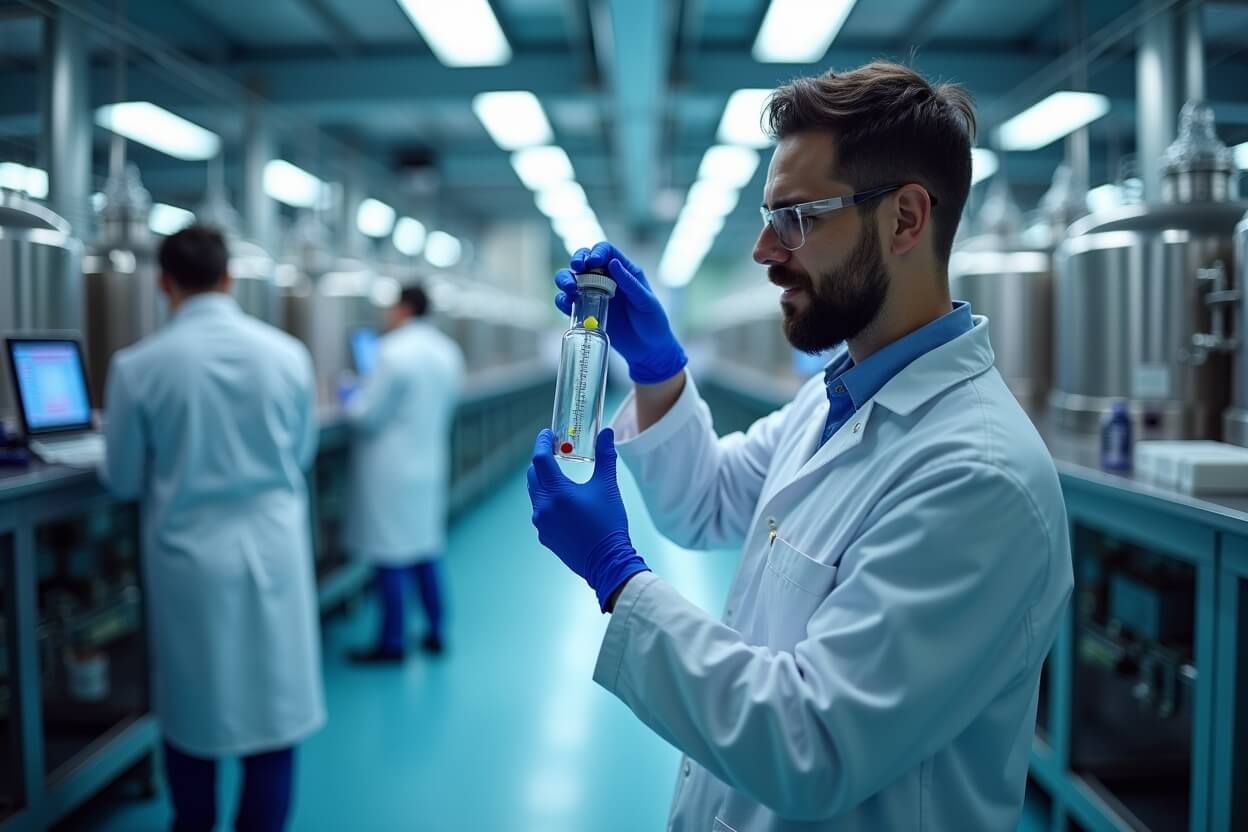
O envolvimento em pesquisas minuciosas de mercado de biossimilares ajuda as empresas a compreender a dinâmica do mercado, as mudanças regulatórias e as preferências dos consumidores, garantindo que possam tomar decisões estratégicas que impulsionem o crescimento e a inovação.
The truth about biosimilars? They’re not just cheaper alternatives—they’re healthcare game-changers that most executives still don’t fully understand. I’ve sat across from pharmaceutical CEOs who dismissed them, only to watch their market share erode months later.
Having led SIS International through decades of market evolution, I can assure you that few sectors offer the complexity and opportunity that biosimilars present today. Our specialists have uncovered patterns that separate market leaders from those struggling to adapt—and the differences might surprise you.
Por que as empresas precisam de pesquisas de mercado biossimilares?
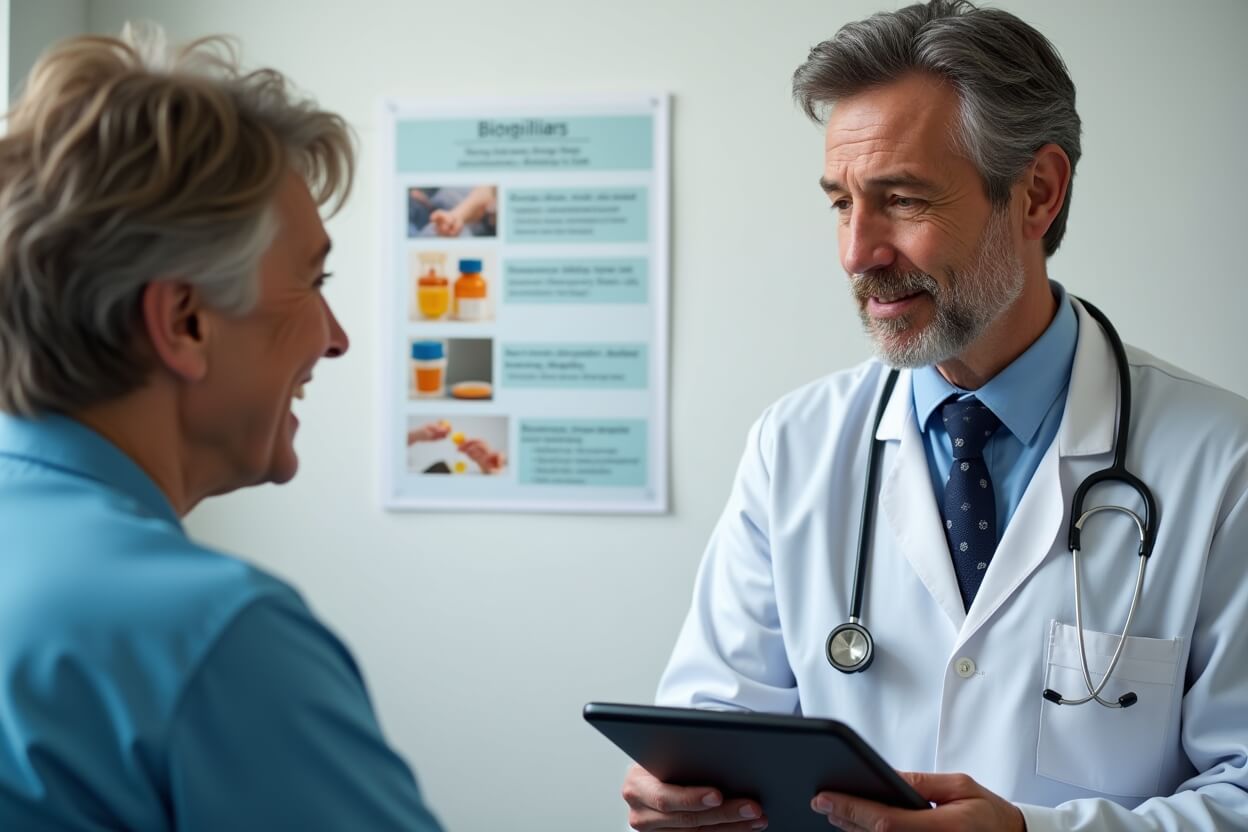
Biosimilar market research is crucial for developing effective market entry and growth strategies. It identifies the market size, growth potential, and key drivers of demand. Companies can tailor their products and marketing strategies to meet the specific needs of different market segments by analyzing trends in patient adoption, healthcare provider preferences, and regional market variations.
Além disso, the biosimilar market is heavily regulated, with stringent requirements for approval and ongoing compliance. Therefore, biosimilar market research enables businesses to stay updated on regulatory changes, understand the approval processes in different regions, and anticipate potential regulatory hurdles. This knowledge helps companies develop regulatory strategies that ensure timely approval and compliance, reducing the risk of delays and additional costs.
Adicionalmente, market research provides detailed competitive analysis, helping businesses understand their competitors’ strategies, strengths, and weaknesses. It is essential to identify market gaps, develop unique value propositions, and effectively position biosimilar products to gain a competitive advantage.
The Evolving Landscape of Biosimilars
The truth about biosimilars? They’re not just cheaper alternatives—they’re healthcare game-changers that most executives still don’t fully understand.
Market disruption is the daily reality reshaping pharmaceutical economics worldwide. The biosimilar market research we’ve conducted over the past five years reveals a startling truth: manufacturers who initially scoffed at biosimilar competition now scramble to develop their portfolios. You’re witnessing a fundamental shift in how biological therapies reach patients, with ripple effects touching everything from pricing strategies to R&D priorities.
… And what’s driving this transformation? It’s not just cost savings, though they’re substantial. Our latest biosimilar market research indicates that successful market entrants are those who understand the complex interplay between regulatory pathways, physician acceptance, and patient education. The barriers to entry remain high—developing a biosimilar isn’t like producing a simple generic pill—but the rewards for getting it right have never been greater.
The most successful organizations we’ve worked with approach biosimilar market research as an ongoing commitment rather than a one-time investment. They’re constantly testing assumptions, tracking evolving prescriber behaviors, and adjusting their commercialization strategies based on real-world evidence.
Nossa análise e recomendações atuais do mercado
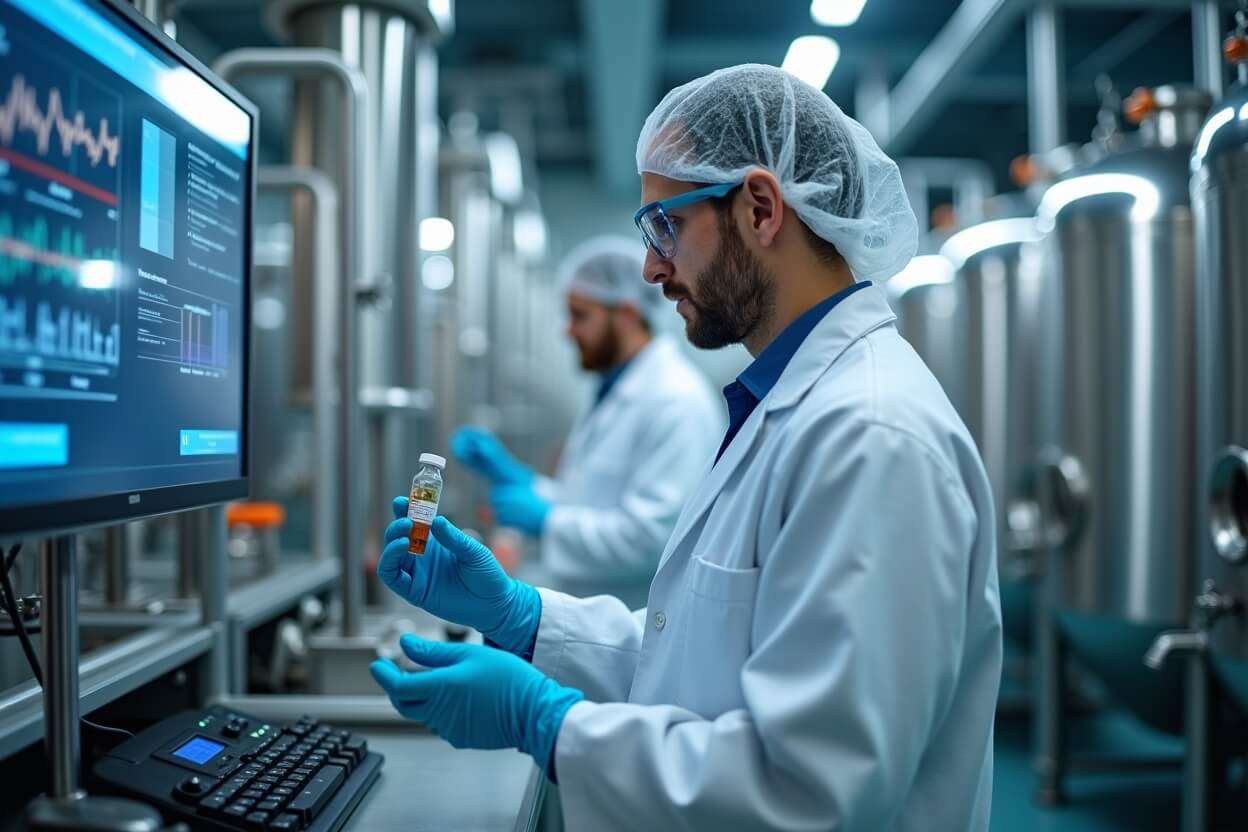
Na SIS International, consideramos que o mercado de biossimilares está experimentando um crescimento significativo impulsionado pela crescente demanda por tratamentos biológicos econômicos, expirações de patentes dos principais produtos biológicos e ambientes regulatórios favoráveis. A nossa investigação indica que se espera que o mercado continue a expandir-se, com um número crescente de produtos biossimilares a entrar no mercado em diversas áreas terapêuticas.
Additionally, healthcare providers’ and patients’ acceptance and adoption of biosimilars are on the rise, supported by increased education and awareness efforts. However, challenges such as regulatory complexities, competitive pressures, and the need for robust pharmacovigilance remain.
Recomendações para empresas
- Aproveite as oportunidades de mercado: Recomendamos que as empresas aproveitem a crescente procura de biossimilares, expandindo os seus portfólios de produtos e entrando em novas áreas terapêuticas. Ao identificar mercados de elevado potencial e necessidades não satisfeitas, as empresas podem desenvolver produtos biossimilares que atendam a populações específicas de pacientes e obter uma vantagem competitiva.
- Fortalecer estratégias regulatórias: Navegar pelo cenário regulatório é fundamental para o sucesso do lançamento e comercialização de biossimilares. Acreditamos que as empresas devem investir no desenvolvimento de estratégias regulatórias sólidas que garantam a conformidade com os requisitos regionais e facilitem aprovações oportunas.
- Melhorar o envolvimento das partes interessadas: Construir confiança entre prestadores de cuidados de saúde, pagadores e pacientes é essencial para a adoção generalizada de biossimilares. Consideramos importante que as empresas se concentrem em estratégias abrangentes de educação e comunicação, destacando a segurança, a eficácia e a relação custo-eficácia dos biossimilares.
Regional Variations in Biosimilar Adoption
Geographic differences in biosimilar uptake tell a fascinating story about healthcare systems and cultural attitudes toward innovation.
Em Europa, where biosimilar market research shows impressive adoption rates, centralized purchasing decisions and physician incentives have created a flourishing ecosystem. Meanwhile, the U.S. market presents a more fragmented picture, with biosimilar market research revealing pockets of rapid adoption alongside areas of persistent resistance.
I’ve walked hospital corridors in Germany, where biosimilar utilization exceeds 90% for certain molecules, and contrasted this with facilities in parts of the U.S. where that figure struggles to reach 20%. Our biosimilar market research teams have identified key inflection points that predict when and how quickly adoption accelerates in different regions. It’s not simply about price—though that matters enormously—but about confidence in the regulatory framework and educational outreach.
Asian markets present perhaps the most dynamic picture of all. Our biosimilar market research in South Korea, India, and China reveals aggressive government policies promoting domestic development alongside unique physician education needs. We’ve helped multinational clients navigate these complexities, identifying partnership opportunities that leverage local knowledge while maintaining global quality standards.
Principais players em pesquisa de mercado de biossimilares
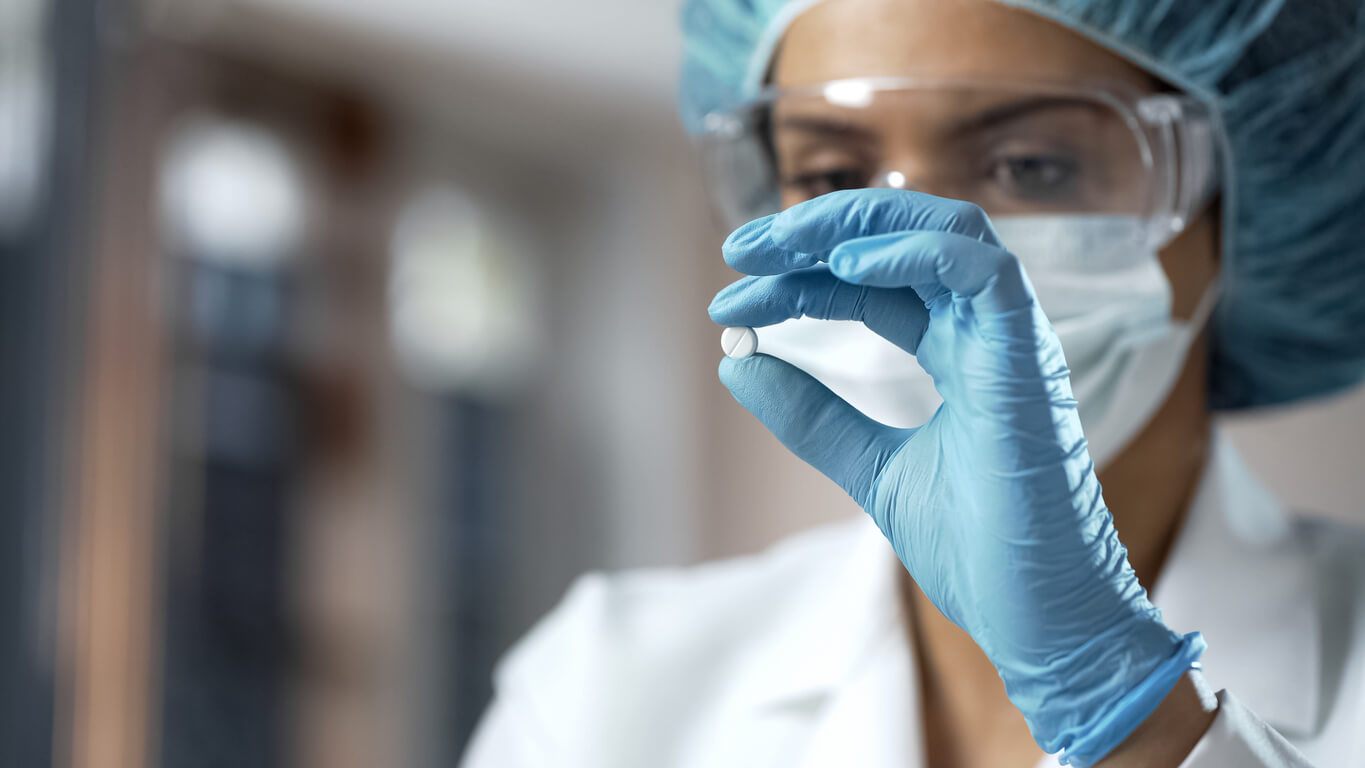
No mercado de biossimilares, vários players líderes estão impulsionando a inovação, o desenvolvimento e a comercialização de produtos biossimilares. Estas empresas aproveitam pesquisas de mercado abrangentes para navegar nos cenários regulatórios, compreender a dinâmica do mercado e posicionar-se competitivamente. Aqui estão alguns dos principais players em pesquisa de mercado de biossimilares:
Amgen
- A Amgen é líder global em biotecnologia e uma das pioneiras no desenvolvimento de biossimilares. Com um forte foco em pesquisa e desenvolvimento, a Amgen utiliza extensas pesquisas de mercado para identificar oportunidades e otimizar seu pipeline de produtos.
Sandoz (uma divisão da Novartis)
- A Sandoz, uma divisão da Novartis, é líder no mercado de biossimilares, com um amplo portfólio de produtos biossimilares. A empresa utiliza pesquisas de mercado aprofundadas para compreender as preferências dos prestadores de cuidados de saúde, os requisitos regulamentares e os cenários competitivos.
Biocon
- A Biocon é uma líder emergente no mercado de biossimilares, conhecida por sua abordagem inovadora e alcance global. A empresa aproveita a pesquisa de mercado para expandir a sua presença nos principais mercados e melhorar o seu posicionamento competitivo.
Pfizer
- A Pfizer é um player importante no mercado de biossimilares, com forte ênfase em pesquisa e desenvolvimento. A empresa utiliza pesquisas de mercado abrangentes para orientar suas estratégias biossimilares, desde o desenvolvimento do produto até a comercialização.
Celltrion
- Celltrion é uma empresa de biotecnologia especializada no desenvolvimento e fabricação de biossimilares. A empresa realiza extensas pesquisas de mercado para identificar necessidades de mercado, desafios regulatórios e oportunidades competitivas.
Samsung Bioepis
- A Samsung Bioepis é uma joint venture entre a Samsung Biologics e a Biogen, dedicada ao desenvolvimento de biossimilares de alta qualidade. A empresa aproveita a pesquisa de mercado para navegar em cenários regulatórios complexos e compreender a dinâmica do mercado.
Farmacêutica Teva
- A Teva Pharmaceuticals é líder global em medicamentos genéricos e especiais, incluindo biossimilares. A empresa utiliza pesquisas de mercado para orientar suas estratégias de desenvolvimento e comercialização de biossimilares. O foco da Teva no acesso dos pacientes e na contenção de custos impulsiona seus esforços para trazer biossimilares de alta qualidade ao mercado, oferecendo opções de tratamento mais acessíveis aos pacientes em todo o mundo.
Merck & Co.
- A Merck & Co., conhecida como MSD fora dos Estados Unidos e Canadá, é um importante player no mercado de biossimilares. A empresa realiza extensas pesquisas de mercado para compreender as preferências dos prestadores de cuidados de saúde, os desafios regulatórios e as oportunidades de mercado. O compromisso da Merck com a inovação e a qualidade garante que os seus produtos biossimilares atendam aos mais altos padrões de segurança e eficácia.
Future Trends in Biosimilar Development
The next wave of biosimilars will transform therapeutic areas that have remained relatively untouched by this revolution. Our biosimilar market research forecasts indicate that ophthalmology, dermatology, and neurology will experience the kind of competitive reshaping that oncology and immunology have already undergone. You’re looking at a market that will nearly triple in value over the next decade, with particularly aggressive growth in emerging economies.
What makes this next phase different?
Biosimilar market research points to several key factors. Manufacturing technologies have advanced dramatically, lowering development costs. Regulatory pathways have become more predictable in major markets. And perhaps most importantly, the first generation of biosimilars has built credibility among clinicians who were initially skeptical but now have years of real-world experience with these products.
“The pioneers in biosimilar development faced headwinds that the next generation of products won’t encounter to the same degree—but they’ll face new challenges that require equally sophisticated market intelligence,” as one of our senior analysts recently noted in our global biosimilar market research report.
I’ve advised clients to pay particular attention to how digital health technologies reshape patient monitoring capabilities. Our biosimilar market research indicates that biosimilar manufacturers who can offer compelling value-added services—not just competitive pricing—will increasingly differentiate themselves in crowded therapeutic categories. We’re already seeing this play out in diabetes and growth hormone therapies, where device integration and patient support programs have become competitive battlegrounds.
Competitive Analysis in the Biosimilar Space
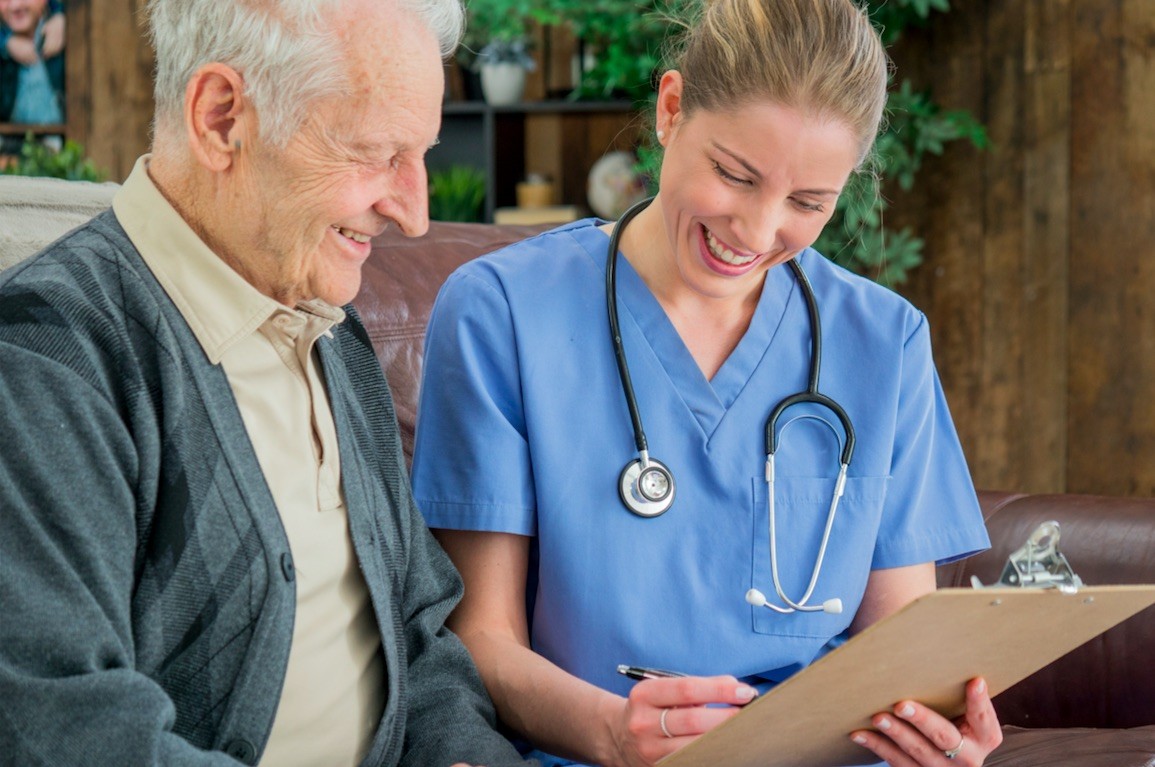
When we conduct biosimilar market research focused on competitive positioning, we often uncover development programs that aren’t widely publicized but could fundamentally alter market entry timing decisions. You’re operating in an environment where being third-to-market with the right strategy often outperforms being first with the wrong one.
Our biosimilar market research methodology combines traditional pharmaceutical intelligence gathering with specialized approaches developed specifically for this unique market. We track not just which molecules are in development, but also manufacturing capacity investments, clinical trial site selections, and patent litigation strategies that signal competitors’ intentions and capabilities.
What distinguishes high-value biosimilar market research is the ability to forecast product approvals and adoption curves across different customer segments. We’ve developed sophisticated models incorporating stakeholder research, analog analysis, and payer dynamics to help clients realistic volume projections at launch and throughout the product lifecycle as competitive intensity increases.
Biosimilar Market Research – Key Insights
- Market Disruption: Biosimilars are fundamentally reshaping pharmaceutical economics, with even skeptical manufacturers now developing their biosimilar portfolios.
- Success Factors: Leading companies in the biosimilar space excel through deep stakeholder insights rather than just competitive pricing, understanding the interplay between regulatory pathways, physician acceptance, and patient education.
- Regional Variations: Significant differences exist in adoption rates across regions, with Europe showing adoption rates up to 90% for certain molecules while some U.S. regions struggle to reach 20%.
- Asian Markets: Countries like South Korea, India, and China present unique opportunities with aggressive government policies promoting domestic development alongside specific education needs.
- Stakeholder Complexity: Successful biosimilar launches require orchestrating messages across multiple audiences simultaneously, including payers, hospital administrators, patient groups, and regulatory authorities.
- Value Thresholds: Different stakeholders require different cost savings to find biosimilar value propositions compelling—hospital pharmacists may demand 30% savings. In comparison, integrated health systems might change formularies at just 15% if supply reliability is high.
- Emerging Therapeutic Areas: The next wave of biosimilars will transform ophthalmology, dermatology, and neurology, with market value expected to nearly triple over the next decade.
- Regulatory Navigation: Significant differences in approval requirements across regions necessitate sophisticated intelligence to design efficient development programs meeting diverse expectations.
- Competitive Positioning: Being third-to-market with the right strategy often outperforms being first with the wrong approach—successful companies track molecules in development, manufacturing investments, and patent litigation strategies.
- Integração Digital: Forward-thinking biosimilar manufacturers differentiate themselves through value-added services like device integration and patient support programs, particularly in diabetes and growth hormone therapies.
Como a pesquisa de mercado da SIS International no mercado de biossimilares ajuda as empresas
Nossa experiência em pesquisa de mercado biossimilar abrange vários aspectos da dinâmica do mercado, cenários regulatórios e análise competitiva, permitindo que as empresas tomem decisões informadas e alcancem seus objetivos estratégicos. Veja como nossa pesquisa de mercado no mercado de biossimilares ajuda as empresas:
Aumento da receita
Our research helps companies understand which products or services resonate most with healthcare providers and patients, enabling them to focus on high-potential areas.
Redução de risco
Fornecemos às empresas informações para identificar riscos potenciais e desenvolver estratégias de mitigação. Nossa pesquisa ajuda as empresas a tomar decisões informadas que reduzem a probabilidade de erros dispendiosos e garantem resiliência diante dos desafios.
Melhor eficiência de marketing
SIS Internacional market research services help businesses identify the most effective marketing channels, messages, and strategies to reach their target audience.
Crescimento Acelerado e Inovação
Our research services provide businesses with the insights to identify emerging trends and consumer needs, fueling innovation and growth.
Parceria de longo prazo
We believe in building long-term partnerships with our clients. SIS International provides ongoing support and consultation to help businesses adapt to market changes and continuously refine their strategies. Our commitment to client success ensures you have a trusted partner to rely on as you navigate the biosimilar market.
Perguntas frequentes
1. What makes biosimilar market research different from traditional pharmaceutical research?
Biosimilar market research requires a more comprehensive stakeholder approach than traditional pharmaceutical research. While traditional research often focuses heavily on prescriber preferences, biosimilar research must include payers, hospital administrators, patient advocacy groups, and regulatory authorities—all of whom significantly influence adoption. Additionally, biosimilar research must account for unique considerations like interchangeability, switching studies, and reference product selection that don’t exist in other pharmaceutical categories.
2. How long do biosimilars typically take to gain significant market share after launch?
Market share acquisition varies dramatically by region, therapeutic area, and molecule. In Europe, where centralized purchasing decisions and physician incentives support adoption, biosimilars can capture 50-80% market share within 12-24 months for well-established molecules. In the U.S., adoption has historically been slower, though this is changing with improved stakeholder education and evolving payer policies. Our research shows that oncology biosimilars typically gain traction faster than those in immunology, and hospital-administered products generally see quicker uptake than self-administered ones.
3. What are the most common barriers to biosimilar market entry for entrepreneurs?
The primary barriers include:
1) High development costs and technical complexity, requiring sophisticated manufacturing capabilities;
2) Patent thickets created by reference product manufacturers;
3) Regulatory uncertainty in some regions;
4) Physician and patient education needs; 5) Reference product manufacturer defensive strategies including contracting tactics and product improvements;
6) Limited differentiation opportunities beyond price; and
7) Challenges in building credibility with key stakeholders as a new entrant. Successful entrepreneurs typically address these through strategic partnerships, focused therapeutic area selection, and innovative go-to-market approaches.
4. How important is interchangeability designation for biosimilar commercial success?
While interchangeability designation can be valuable in certain market segments, particularly retail pharmacy-dispensed products, our research shows it’s not universally necessary for commercial success. Building prescriber confidence through strong clinical data and education often proves more important than interchangeability designation in hospital and clinic settings where physicians actively prescribe products. The significance of interchangeability varies substantially by therapeutic area, product administration setting, and regional pharmacy substitution laws.
5. What role do value-added services play in biosimilar competition?
As more biosimilars enter the same therapeutic spaces, value-added services are becoming increasingly important differentiators. Our research indicates that services like patient support programs, simplified reimbursement assistance, injection training, and digital monitoring tools can significantly influence adoption decisions when multiple biosimilars offer similar pricing. For entrepreneurs entering the space, strategically designed service offerings that address specific stakeholder pain points can create competitive advantage without requiring the massive investments to compete solely on price.
6. How are biosimilar pricing strategies evolving as markets mature?
Early biosimilar entrants typically launched with modest discounts (15-30%) to reference products, but pricing strategies have become more sophisticated as competition intensifies. In mature biosimilar markets like Europe, we now see average discounts of 30-70% depending on the therapeutic area and competitive intensity. Contract structures have also evolved beyond simple percentage discounts to include volume-based tiering, outcomes guarantees, and portfolio-based contracting. Entrepreneurs should be prepared for aggressive pricing competition in established biosimilar categories while potentially finding more pricing flexibility in newly-opening therapeutic areas.
7. What capabilities are most critical for new entrants to develop when entering the biosimilar space?
Beyond the obvious technical and regulatory capabilities required for development, successful new entrants must excel at:
1) Stakeholder mapping and engagement across the entire ecosystem;
2) Health economic modeling that quantifies value beyond simple acquisition cost;
3) Educational content development tailored to different stakeholder concerns;
4) Supply chain reliability and scalability;
5) Competitive intelligence gathering;
6) Nimble commercial operations that can adapt to rapidly changing market conditions; and
7) Strategic partnership development to complement internal capabilities. Our research consistently shows that companies underinvesting in these areas struggle even with technically excellent products.
Localização de nossas instalações em Nova York
11 E 22nd Street, andar 2, Nova York, NY 10010 T: +1(212) 505-6805
Sobre SIS Internacional
SIS Internacional oferece pesquisa quantitativa, qualitativa e estratégica. Fornecemos dados, ferramentas, estratégias, relatórios e insights para a tomada de decisões. Também realizamos entrevistas, pesquisas, grupos focais e outros métodos e abordagens de Pesquisa de Mercado. Entre em contato conosco para o seu próximo projeto de pesquisa de mercado.


